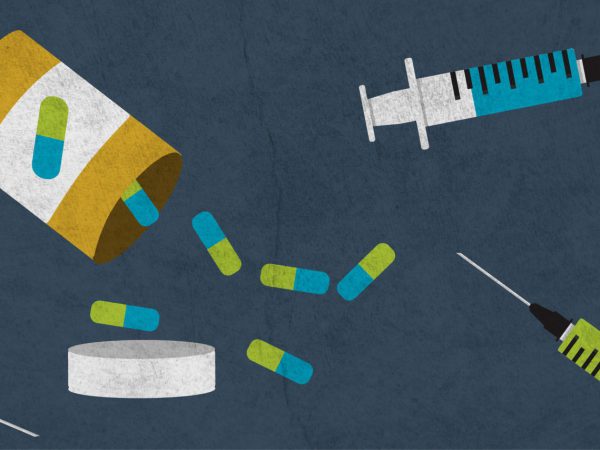Claire Fiddian-Green 是理查德·费尔班克斯基金会的总裁兼首席执行官。
Last summer, our country was celebrating the first one-year decline in drug overdose deaths since 1990 with a 4% decline between 2017 and 2018. Unfortunately, that celebration was short lived. Preliminary data from the Centers for Disease Control and Prevention (CDC) show that, in 2019, drug overdose deaths in the U.S. increased by 5%, translating into about 72,000 deaths. In Indiana, overdose deaths, which declined by 12% between 2017 and 2018, increased by 6% in 2019 to 1,700 deaths. What’s worse, these figures increased sharply in just two months at the start of this year: drug overdose deaths for the 12-month period ending in February grew by 8% in the U.S. and by 13% in Indiana from 2019 to 2020.
Unfortunately, the COVID-19 pandemic appears to have exacerbated these troubling trends. Suspected overdoses in the U.S. have increased by 18% since March. Preliminary data in Indiana find that, as of August 2020, emergency department overdose related visits in Indiana are up 79% over last year 和 naloxone administration by Emergency Medical Services is up 63% over last year. In addition, the number of calls to Indiana’s 211 Crisis Counseling Hotline have increased from 2,000 calls per day to a peak of 25,000 calls per day over the past several months. Many of these calls are related to substance use disorder (SUD), mental health concerns or suicidal ideation.
As September’s National Recovery Month draws to a close, these national and state statistics – and the people they represent – serve as a stark reminder of the challenges inherent in combatting substance use disorder (SUD). They also serve as a rallying cry for cross-sector stakeholders in Indiana to continue with an “all hands on deck” approach to preventing substance misuse and connecting people who are struggling with addiction to treatment.
Over the past several years, the State of Indiana has deployed a variety of tools and allocated millions of dollars to create a statewide infrastructure that enables local communities to respond to the opioid crisis and other substance misuse challenges more effectively. For example, the state has established 11 Regional Recovery Hubs, which have increased the availability 的 residential treatment beds providing aid to those in need of services related to SUD 和 mental health services. Funding has also supported a statewide anti-stigma campaign called Know the Facts, as well as local and regional efforts to create a more coordinated system of care for people seeking SUD treatment. In addition, in response to worsening mental health and SUD outcomes in the face of the pandemic, the state has allocated increased funding for naloxone distribution to counteract opioid overdoses and launched the Be Well Crisis Helpline.
These are critical and impactful actions positively impacting the lives of Hoosiers. However, the global pandemic has introduced new challenges – such as increased social isolation and heightened anxiety over jobs and health – that are likely to continue to worsen SUD and behavioral health outcomes 和 will require even more resources and effort over the coming months. All sectors in our society, from schools to health systems to employers to nonprofit organizations, must play a proactive role in protecting those among us who are grappling with SUD or who are at heightened risk for falling prey to addiction.
With so many COVID-19 related challenges before us, we cannot lose sight of the people in our lives and in our communities struggling with addiction. The opioid crisis, and substance use disorder more broadly, need our attention now more than ever.
在标记: 克莱尔·菲迪安·格林, COVID-19, Opioid Abuse, 鸦片类药物泛滥, 阿片类药物使用障碍, 阿片类药物, 理查德·费尔班克斯基金会, RMFF



